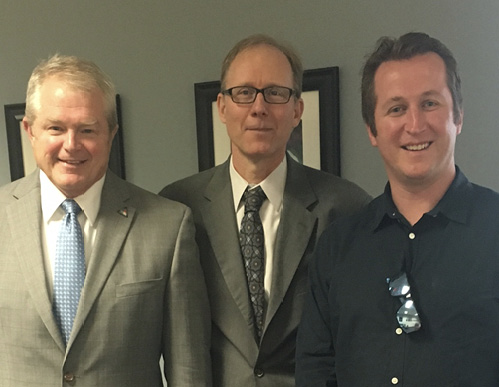
By Andrew Gissing, Risk Frontiers
Andrew Gissing recently visited the United States to attend the annual Association of State Floodplain Managers Conference, American Planning Conference and to meet with representatives of FEMA, North Carolina Emergency Management and the University of North Carolina. Two key themes arising are summarised in this article.
Governments and communities should use disaster recovery as an opportunity to transform resilience and use hazard mitigation plans to inform post-event mitigation activities
The scale of recent hurricane disasters in America has been beyond that of Australian experiences in terms of death toll, damage, disruption and displacement. Out of these events opportunities have arisen to enhance community resilience as a consequence of increased political and community interest in mitigation and the availability of additional funding. This is allowing the building of safer communities moving beyond a mantra of repair and restoration. This was observed in communities of North Carolina following Hurricane Matthew in October 2016.
Previous major hurricanes in North Carolina in 1996 (Fran) and 1999 (Floyd) resulted in voluntary property buy-outs and the implementation of house-raising. These measures were said to have significantly reduced damages during Hurricane Matthew. Following Hurricane Matthew, voluntary property buy-outs and house-raising are again being pursued, along with the demolition and rebuild of structures to increased standards. Currently some 2600 households have volunteered for either buy-out, house-raising or demolition and rebuild.
For buy-outs, the state provides a fair market price for the property based on an independent appraisal, with an additional incentive provided if owners remain within the existing county. The home is demolished and the land deeded to the local government. There is often no systematic, community-wide approach to buy-outs resulting in a patchwork of buildings remaining on the floodplain and concerns by local government that buy-outs will reduce rates. Vacant land has also become a site for illegal dumping. The timeframe for executing individual buy-outs was often a challenge as the process can take several years, accounting for valuation, assessment of contamination, title searches, negotiation and completion of the transaction.
Integration across a whole of community approach is key to catastrophic disaster planning
The US develops catastrophic disaster plans for identified scenarios including mass power outages, large hurricanes, earthquakes, floods and volcanic eruptions, and nuclear and biological incidents. The Department of Defence are integrated in the planning process to ensure logistical requirements for deployments in support of responses managed by states.
To build unity of effort through a whole-of-community approach, FEMA engages with private sector organisations through partnerships. Most partnerships are voluntary, with organisations motivated by public good and to ensure their own business continuity. FEMA maintains a private sector division and integrates business through a representative of Fortune 500 companies in their national operations centre. It was said that businesses appreciated that FEMA shares information with them, though there were challenges with businesses sharing information about their supply chains due to commercial interests.
